Manuh Bihu: Bohag Bihu Festival
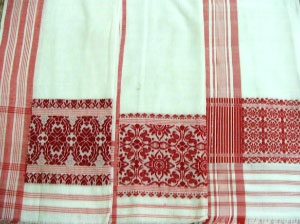
The next day of the Rongali Bihu, which is the first day of the Assamese New Year is the Manuh Bihu on April 15, the New Year Day. This is the day of getting cleaned up, wearing new cloths and celebrating and getting ready for the New Year with fresh vigor. On this day (which generally falls on April 15th), people get cleaned up and wear new clothes. On this day, elders are shown respect and the young take blessings from them. People visit relatives and friends house to greet the New Year with joy.
With gifts of Bihuwan (Gamosa), which is traditional Assamese piece of cloth, are gifted to elders a mark of respect. Children are also given new clothes, and Husori singing begins on this day, and people visit their relatives and friend. Village elders move from household to households singing carols, also in the style of Bihu geets, called Husoris. Different Bihu pandals also organize cultural functions, which goes on for four-five days.
The third day of Rongali Bihu is the Gosai (God) Bihu. On this day, statues of Gods are worshiped seeking a prosperous year ahead. The Rongali Bihu is the most widely celebrated Bihu with much festivity. This Bihu has many significant aspects of the celebration process.
Bihu Geet
The Bihu Geets are Bihu songs which are a significant part of the festival. The lyrics of the songs blend in from narrating natural beauty to a lover’s expression, from the social awareness issues to the humorous tales. One of the major folk cultures of the Bihu festival, Bihu songs is widely popular and the playing includes using a variety of instruments in its fold. These songs express the rich culture of Assam.
Bihu Dance: Bohag Bihu Festival
Bihu dance is the folk dance of Assam. It is a joyous dance performed by both men and women in groups. The dance is characterized by brisk steps accentuated by expressive hand movements. Though both males and females dance in different formations, yet the rhythm and coordination is significant in the Bihu dance. The female Bihu dance has much variation and the dance has different stages from dancing forms to dancing in coordination with the instruments played. The stages include: freehand, twisting, dancing with the rhythm of the pepa blowing, with the kahi and the jaapi with others. There are different forms of Bihu dance like the Mising Bihu dance, Deori Bihu dance among others with respect to the different sub class of Assamese culture.
 Kids Portal For Parents India Kids Network
Kids Portal For Parents India Kids Network
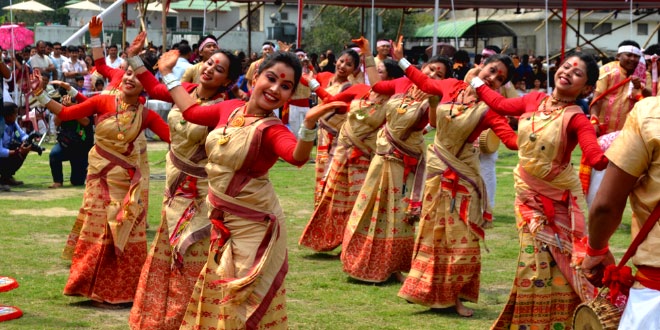
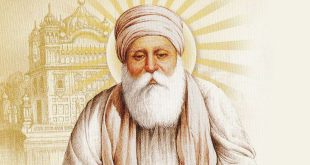
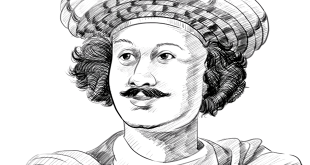
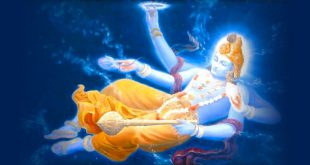
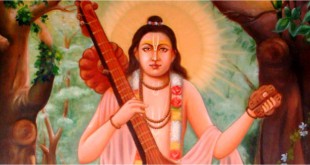
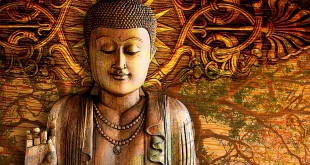
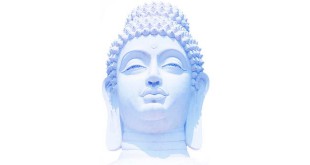

3 comments
Pingback: Baisakhi Greetings For Sikhs & Hindus - Kids Portal For Parents
Pingback: Baisakhi Legends: The Festival & Birth of Khalsa - Kids Portal For Parents
Pingback: सरहुल महोत्सव: झारखंड राज्य में आदिवासी समुदायों का वसंत त्योहार - Kids Portal For Parents